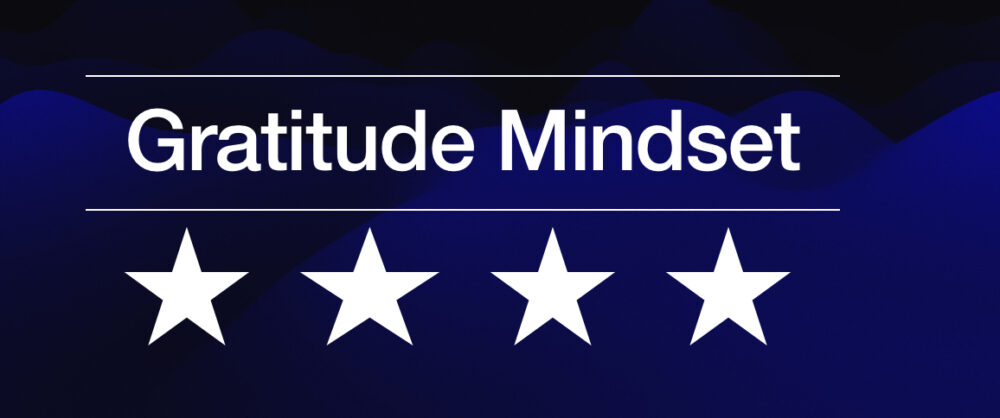“We contend that for a nation to try to tax itself into prosperity is like a man standing in a bucket and trying to lift himself up by the handle.” – Winston S. Churchill
Most Americans perceive a tax refund as a government benefit, rather than recognizing it as an interest-free loan they provided to the government.
According to the IRS, “If you paid more in federal taxes throughout the year than you owe in tax, you may get a refund after you file your tax returns. Even if you didn’t pay tax, you may still get a refund if you qualify for a refundable credit.”
Tax refund, or a refund of overpayment of taxes, are often a source of joy for many U.S. households. For calendar year 2023, the average refund check is expected to be approximately $3,050 according to the IRS.
People use these refunds to pay bills, start emergency funds, or treat themselves to something special. However, it’s essential to understand that these refund checks aren’t free money from the government. Instead, they represent reimbursements from the IRS for overpaid income taxes throughout the year. In fact, last year alone, taxpayers overpaid by a staggering $360 billion.
Essentially, a tax refund isn’t free money. Here’s why:
- Overpaid Taxes: Throughout the year, you pay income taxes based on your earnings. Sometimes, due to various factors (like incorrect withholding or changes in income), you end up paying more than your actual tax liability.
- Refund Process: When you file your tax return, the IRS calculates your actual tax liability. If you’ve overpaid, they issue a refund—sending back the excess amount you paid.
- Interest-Free Loan: Essentially, the refund represents an interest-free loan you provided to the government. Instead of having that money in your pocket throughout the year, you lent it to the IRS without earning any interest.
- Financial Implications: From a financial perspective, it’s better to adjust your withholding so that you receive more in your paycheck each month. This way, you can use the extra funds for savings, investments, or other financial goals.
Interest-Free Loan Perspective:
Many experts caution that tax refunds essentially represent interest-free loansgiven to the federal government. When you overpay your taxes, you’re effectively lending money to the IRS without earning any interest.
Financially, it’s better to have that money in your paycheck throughout the year. For instance, if the average tax refund is $3,079, that’s equivalent to a $3,000 interest-free loan you’ve provided to the government. Instead, you could have had an extra $250 per month in your budget.
Enforced Savings Perspective:
Some financial professionals argue that receiving a refund can serve as an enforced savings plan. For individuals who struggle to save money, having a lump sum at tax time can be helpful.
However, it’s important to note that adjusting your withholding during the current tax year can impact next year’s refund. If you want to avoid overpaying, consider adjusting your withholding with your employer.
In summary, while tax refunds may feel like a windfall, it’s financially wiser to have that money in your paycheck throughout the year. Ultimately, the choice between a refund and a net-zero tax return depends on individual circumstances and financial goals.
When to expect your refund
To process your refund, it usually takes:
- Up to 21 days for an e-filed return
- 4 weeks or more for amended returns and returns sent by mail
- Longer if your return needs corrections or extra review. However, you’ll receive interest for delayed tax refund.
References:







